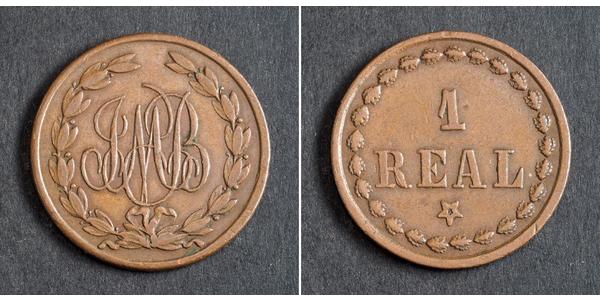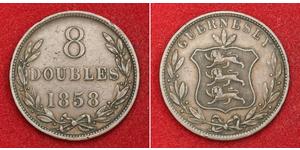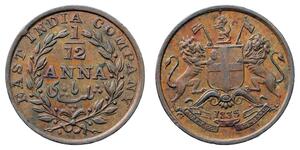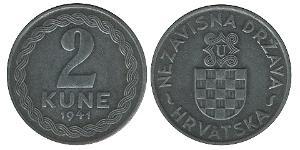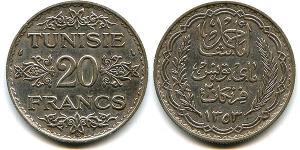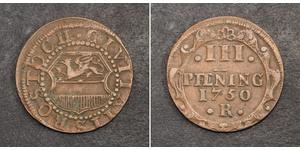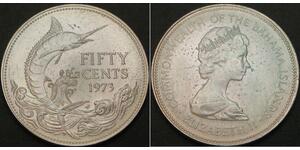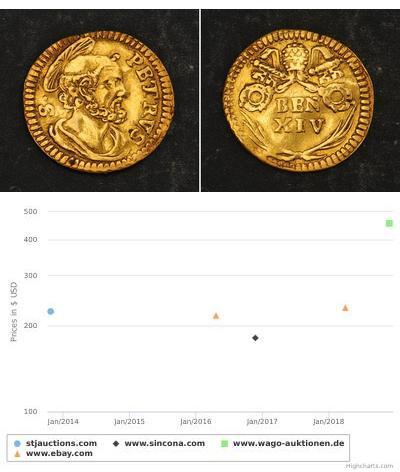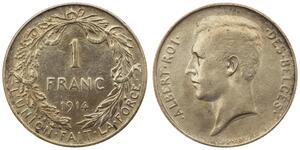(Venduta per $43.0)
1850s-1890s, Argentina? Interesting Copper "JBM" Hacienda Money 1 Real Token.
Condition: XF! State: Argentina? Mint Period: 1850s-1890s Denomination: 1 Real Token (Hacienda Money) - "JMB" Material: Copper Diameter: 24mm Weight: 4.73gm
Obverse: Initials "JMB" within wreath.
Reverse: Value (1 REAL) above star. All within oak-wreath.
In South America, the hacienda remained after the collapse of the colonial system in the early 19th century when nations gained independence. In some places, such as Dominican Republic, with independence came efforts to break up the large plantation holdings into a myriad of small subsistence farmers' holdings, an agrarian revolution. In Argentina and elsewhere, a second, international, money-based economy developed independently of the haciendas, which sank into rural poverty.
em>.
A hacienda, in the colonies of the Spanish Empire, is an estate (or finca), similar to a Roman latifundium. Some haciendas were plantations, mines or factories. Many haciendas combined these activities. The word is derived from the Spanish verb "hacer" or its gerund "haciendo", which means 'to make' and 'making' respectively, and were largely business enterprises consisting of various money making ventures including raising farm animals and maintaining orchards.
The term hacienda is imprecise, but usually refers to landed estates of significant size. Smaller holdings were termed estancias or ranchos that were owned almost exclusively by Spaniards and criollos and in rare cases by mixed-race individuals. In Argentina, the term estancia is used for large estates that in Mexico would be termed haciendas. In recent decades, the term has been used in the United States to refer to an architectural style associated with the earlier estate manor houses.
The hacienda system of Argentina, Bolivia, Chile, Colombia, Guatemala, El Salvador, Mexico, New Granada, and Peru was a system of large land holdings. A similar system existed on a smaller scale in the Philippines and Puerto Rico. In Puerto Rico, haciendas were larger than estancias, ordinarily grew either sugar cane, coffee, or cotton, and exported their crops outside Puerto Rico.

1 Cent Stati Uniti d'America (1776 - ) Rame
il gruppo ha 516 monete / 512 prezzi
Add coin to this group
1 Franc Belgio Argento
il gruppo ha 4 monete / 4 prezzi
⇑

